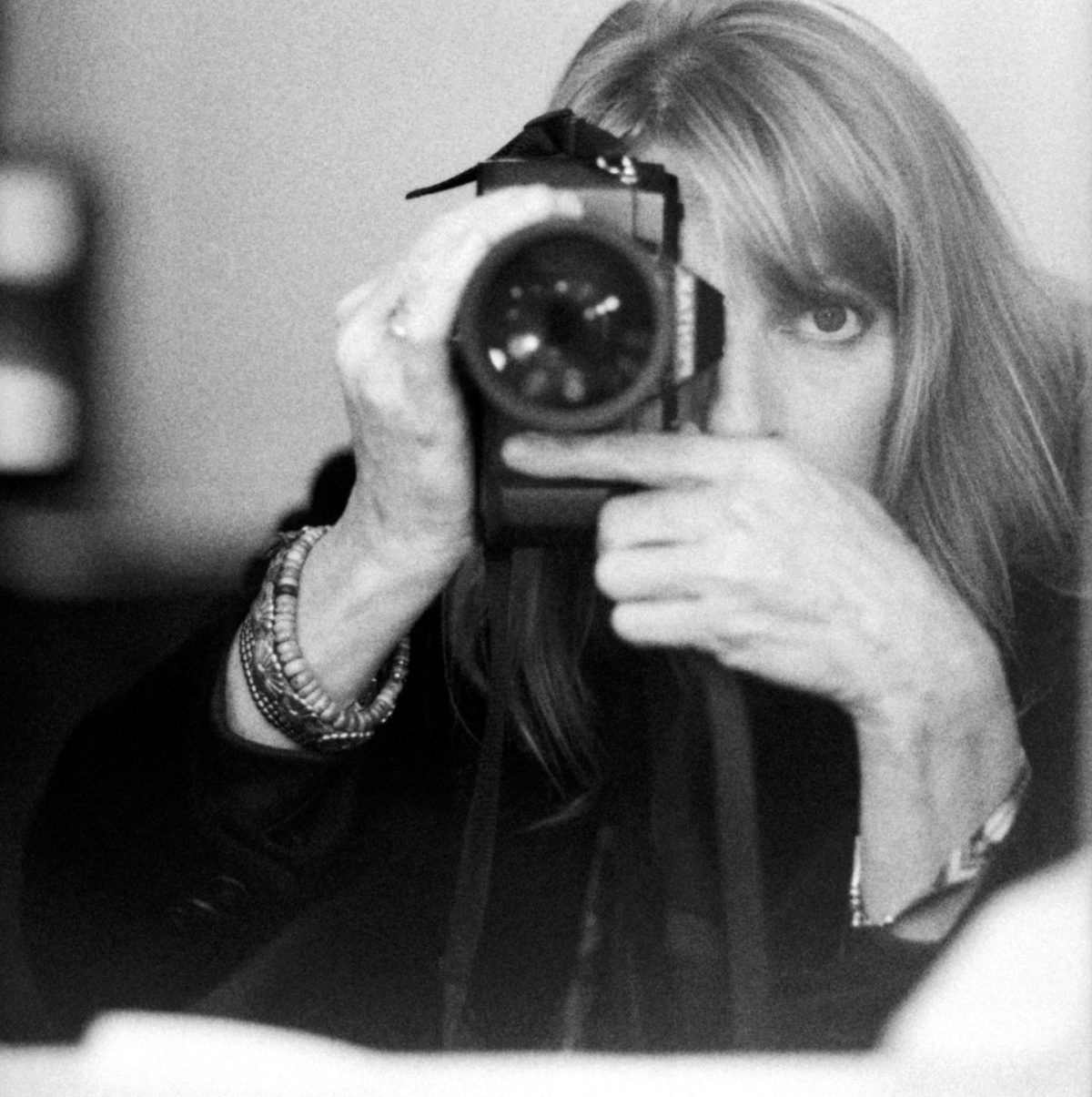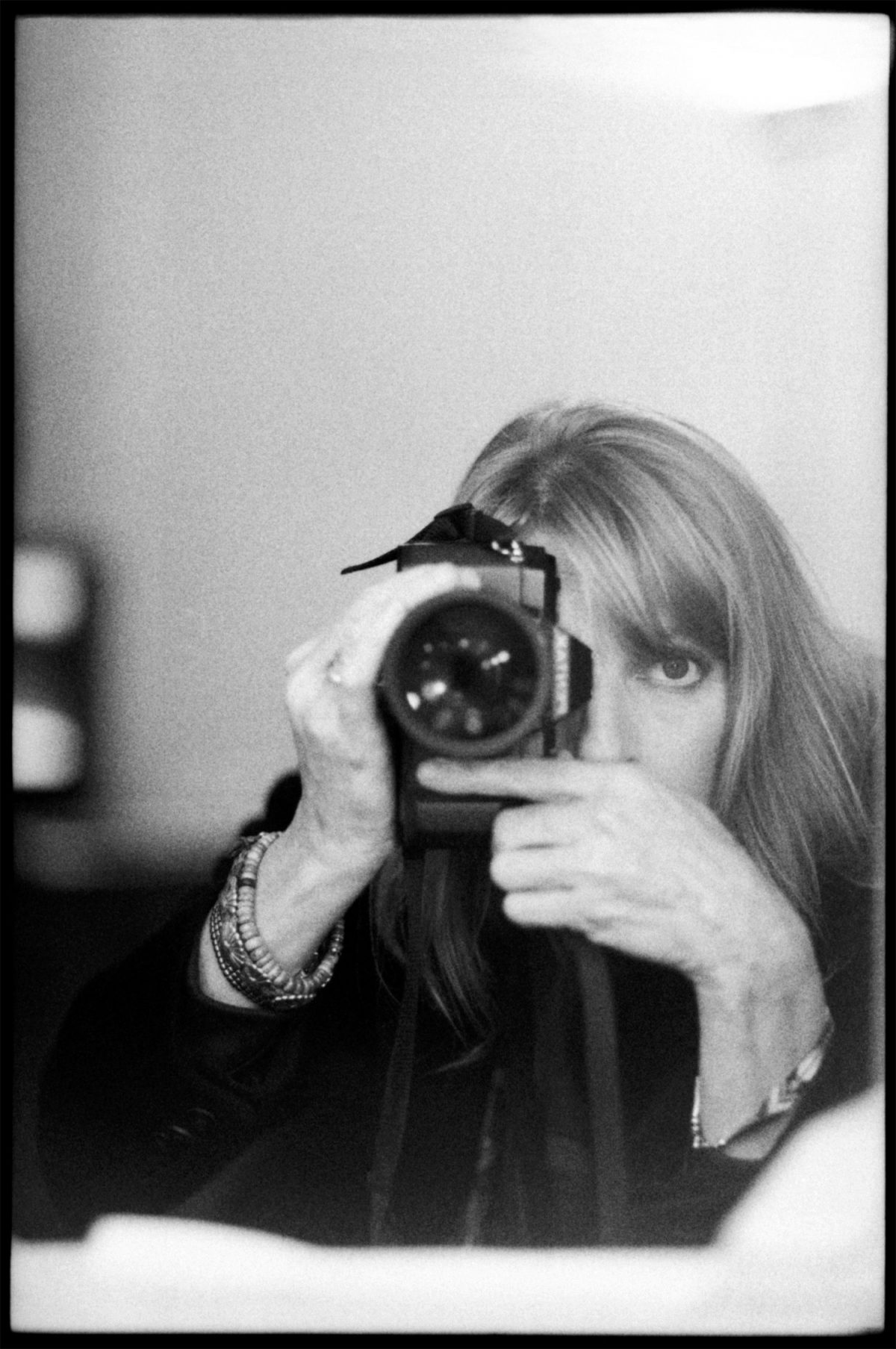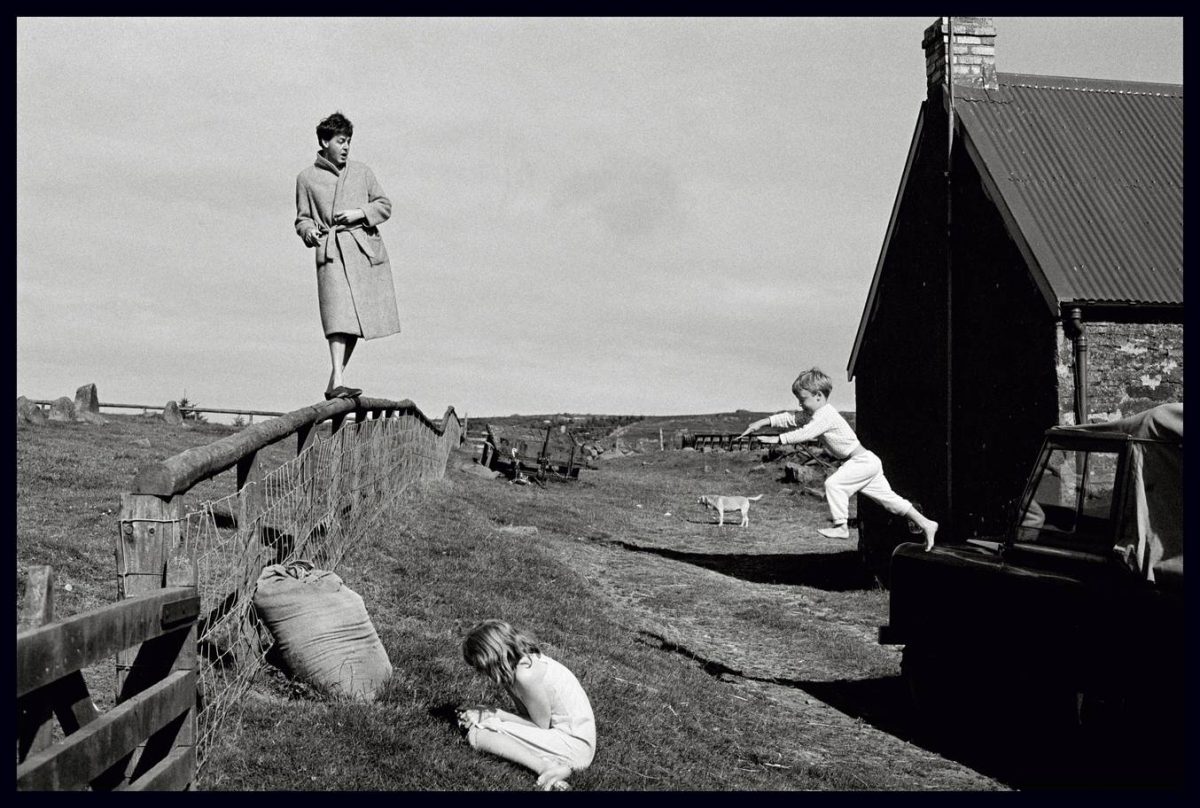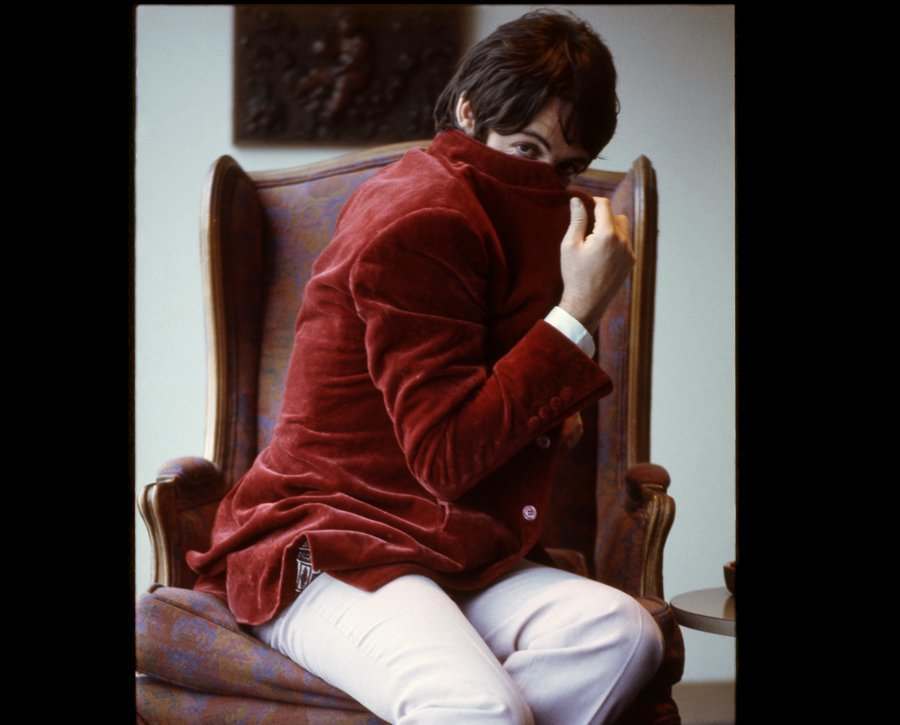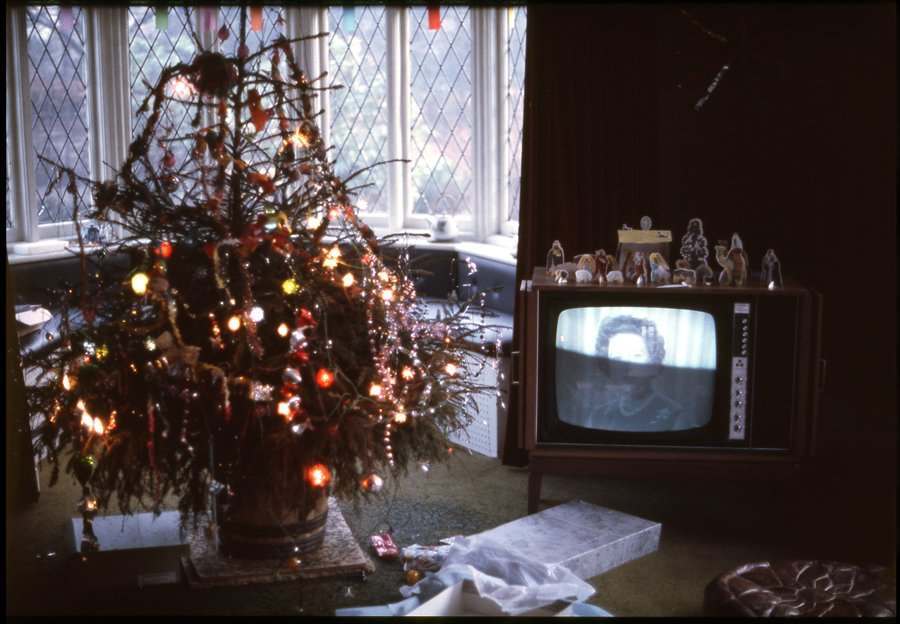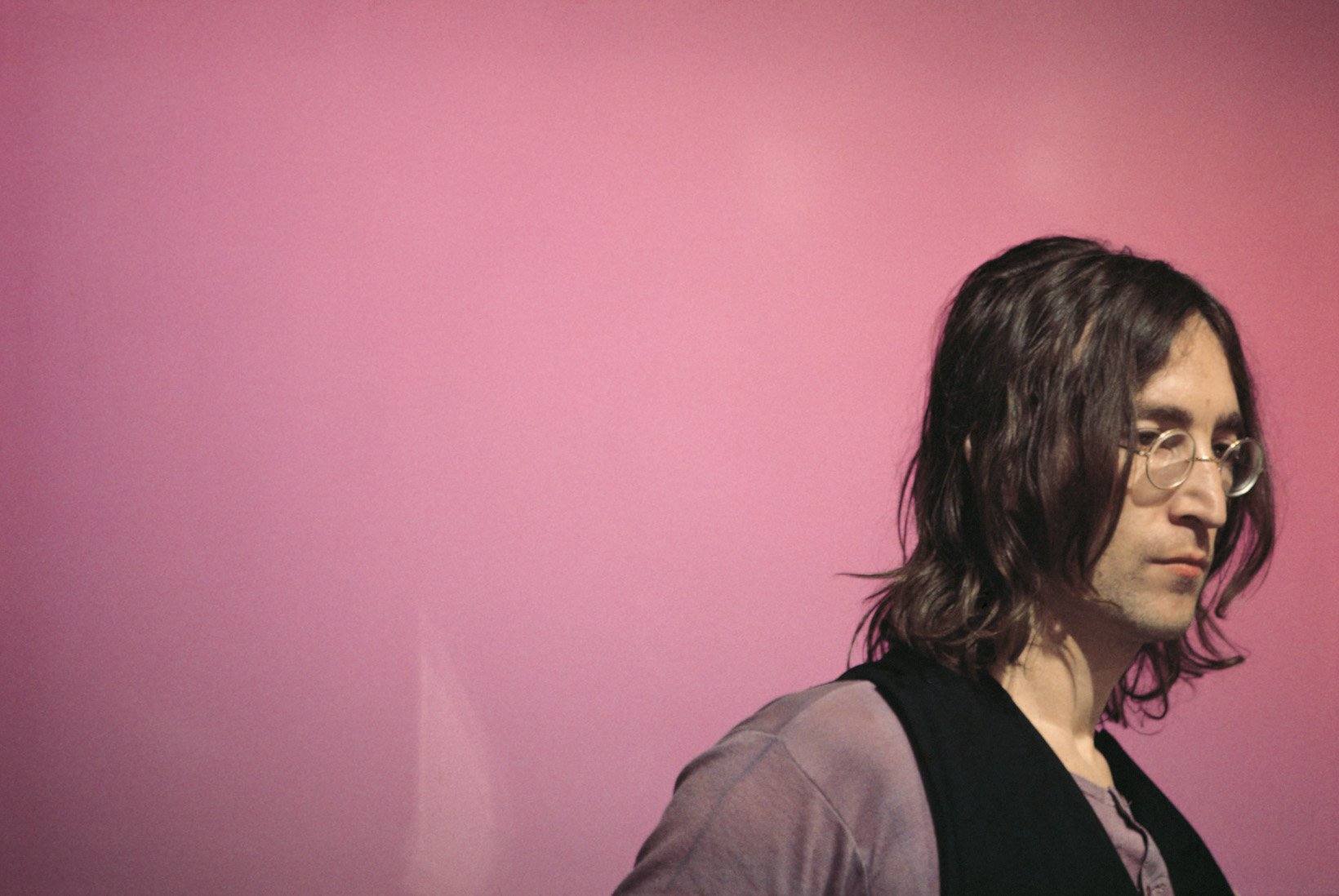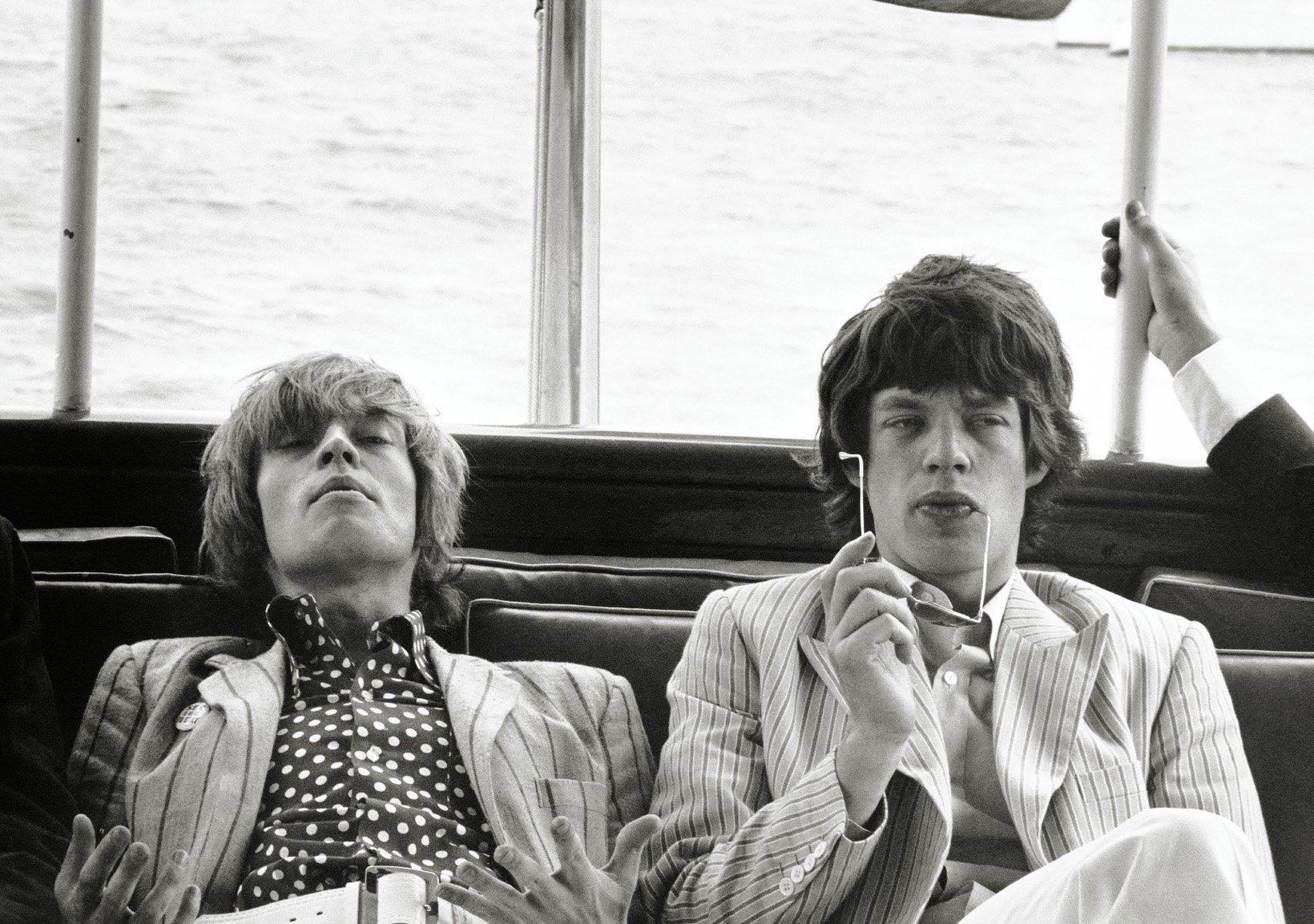Linda McCartney was famous for her vegetarianism, animal rights activism and her work as a music photographer, capturing such famous faces as Aretha Franklin, Bob Dylan, Jim Morrison, Twiggy and The Grateful Dead. Her portrait of Eric Clapton made the cover of Rolling Stone magazine in 1968 – the first time work by a female photographer featured on the cover. She was also, of course, the first wife of Beatle Paul McCartney.

Eric Clapton on Rolling Stone 1968
These pictures are mostly from Linda McCartney: Life in Photographs, a rich, evocative low-key look at the human side of the celebrities we are set up revere – to watch but not always to see.
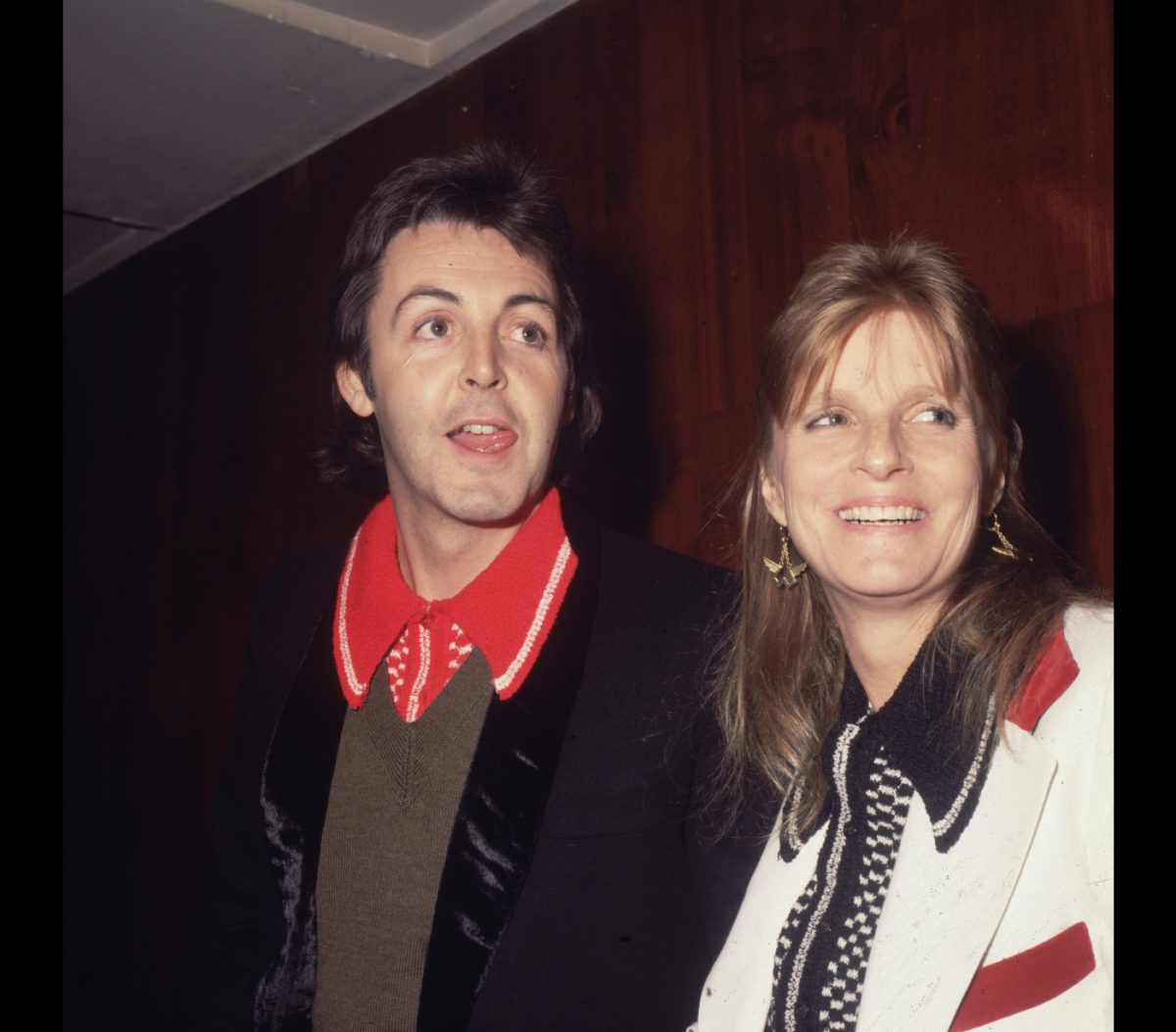
Paul and Linda at the NME awards in 1978

Paul and Linda at the 13th Grammy Awards in Los Angeles. Paul won Best Original Score Written for a Motion Picture or a Television Special for the song ‘Let it Be’
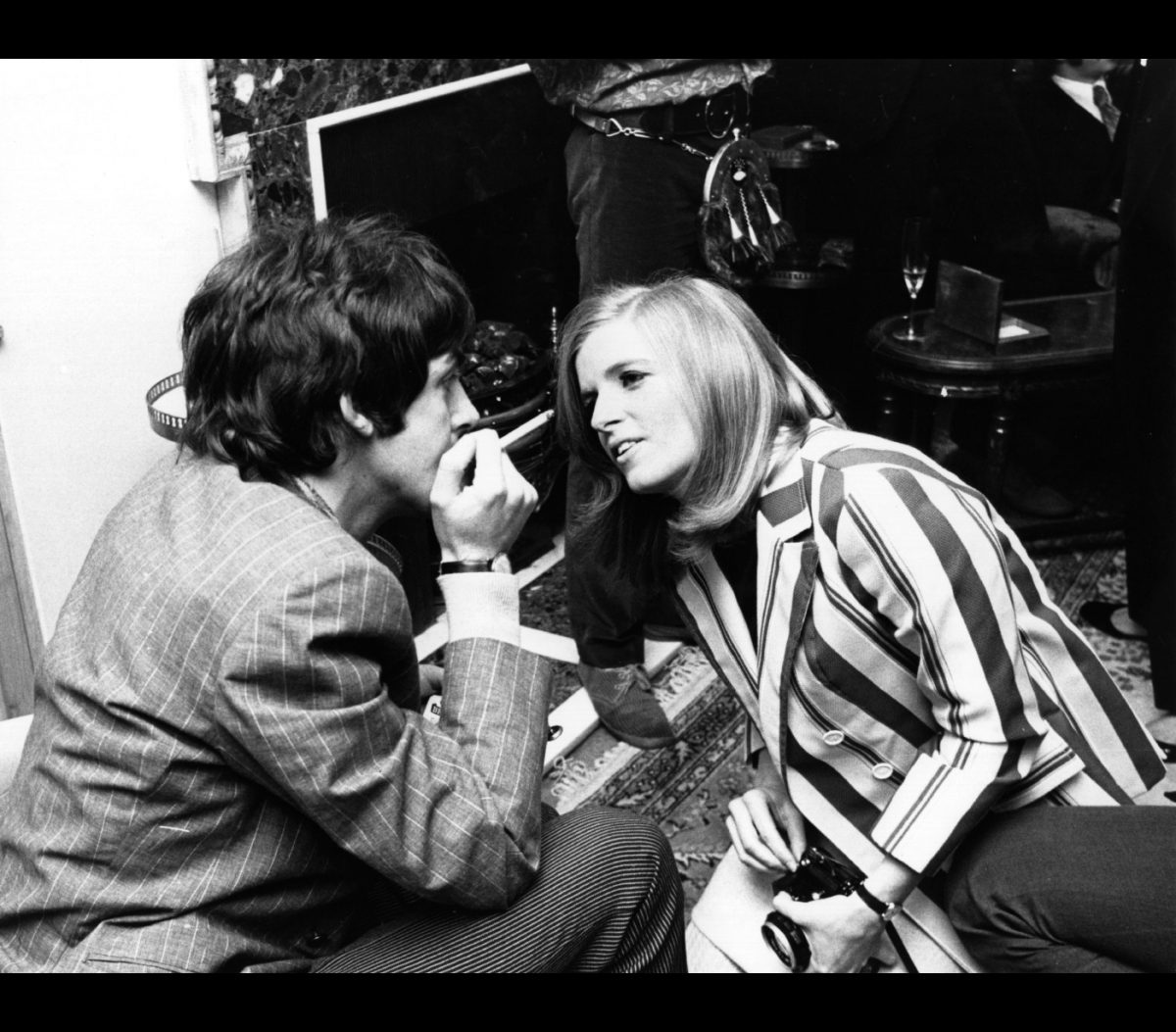
Photographer Linda Eastman (1941 – 1998) talks to Beatle Paul McCartney at the press launch of the Beatles new album ‘Sergeant Pepper’s Lonely Hearts Club Band’. The couple married two years later. (Photo by John Pratt/Getty Images)

Paul McCartney, photo by Linda McCartney
Excerpts from BBC’s interview with Linda McCartney in 1994 (via Taschen)
Photography really happened when I was living in Arizona and a friend of mine wanted to go to this art class at the Tucson Art Centre and it was in the evenings and she said “Please come along with me, I really want to go.” And I said “No way.” She said “Well I won’t go if you don’t come,” so I went and I thought it would be teaching you what a camera was and everything, and it wasn’t, it was looking at photographs from Walker Evans and Dorothea Lange, Ansel Adams… really great photographers. Dorothea Lange was the biggest in my eyes. She photographed the migrant workers… And Walker Evans was the other [great] one. Again I think it was that whole period that inspired me.
Hazel Archer, who was the teacher in the class, said “OK, I’ll see you next week, take your pictures and come back.” So I went up to her and I said “Well I don’t have a camera and I don’t know how to take pictures,” [and] she said: “Borrow a camera, buy a roll of film, and take pictures.” She inspired me to become a photographer, because of the photographs she showed me, unlike fashion photography, they were photographs of life, of people, of sadness, of poverty, of nature, everything—I loved it.
Her break
When the Rolling Stones were trying to get publicity for themselves, when they were touring over here, they sent Town & Country an invitation which I opened and put in my drawer and thought, “Well, I’ll go to that one!” Someone came up to me and said “Well, we just don’t have room for all the photographers and all the journalists so you will be the photographer.” I thought “Oh my god, I’m not really a photographer, does she know?” But I bluffed my way, I mean I didn’t bluff it, I figured it’s her choice. So, I got on the boat and had a lot of film with me and really enjoyed taking pictures. I think my only worry was that the pictures wouldn’t turn out, in truth… I was a bit shy and introverted, but looking out through the lens I saw, and I forgot myself and I could actually see life. This enthusiasm came out of me, and it did, photography changed my life in that way, so it wasn’t just the Rolling Stones, it was the whole thing.
The subjects
And I sort of had to pick what the musicians would be and I got to pick the models and everything. So I said well great, we’ll use Jimi Hendrix Experience, Tiny Tim, you know, I just thought of people that were around… Aretha Franklin. You know it was quite a buzz. You wouldn’t think Aretha, this great soul singer, would agree to dress in fashion, but she was great, so great. And we met at the Hilton hotel in Los Angeles and she was in tears, and she was sort of drinking vodka and she was just a mess, so depressed. She had this big manila envelope of money, paying off the band, and she was going through really bad times.
I took pictures of her, really a beautiful face, with these sort of tears and everything, and the sadness was amazing. And then we would go outside with the wig and the clothes and everything and the contrast—it is amazing how fashion looks so glamorous and behind it is so much sadness really.
But the best thing was after I did all this and I gave them the photographs, it turned out I got $ 750 for a black and white page, and $ 1000 for a colour page—what!? I would have done it for nothing, if they had only known…

Self-portrait, Arizona 1991
Technique
I think you just feel instinctively, you got to just click on the moment. Not before it and not after it. I think if you are worried about light meters and all that stuff, you just miss it. For me it just came from my inners, as they say. Just excitement, I love it—I get very excited.
When I think about how and when one releases the shutter, it’s for a multitude of reasons. Every photographer is searching for a definition that he or she doesn’t really know how to explain until after the fact. When we are holding the print in our hand, then we know what it was we were really looking for and whether or not we found it. The real thing that makes a photographer is more than just a technical skill, more than turning on the radio. It has to do with the force of inner intention. I have always called this a visual signature. It has to do with the kind of visual overtone that emanates from the work of certain photographers who have managed to gain access into this level of performance within the medium. I don’t think of skill, talent, technique, n’importe quoi. I’m only interested, as Bill Grant said, in the results. It’s the results that count.

Paul McCartney and Michael Jackson, London 1983.
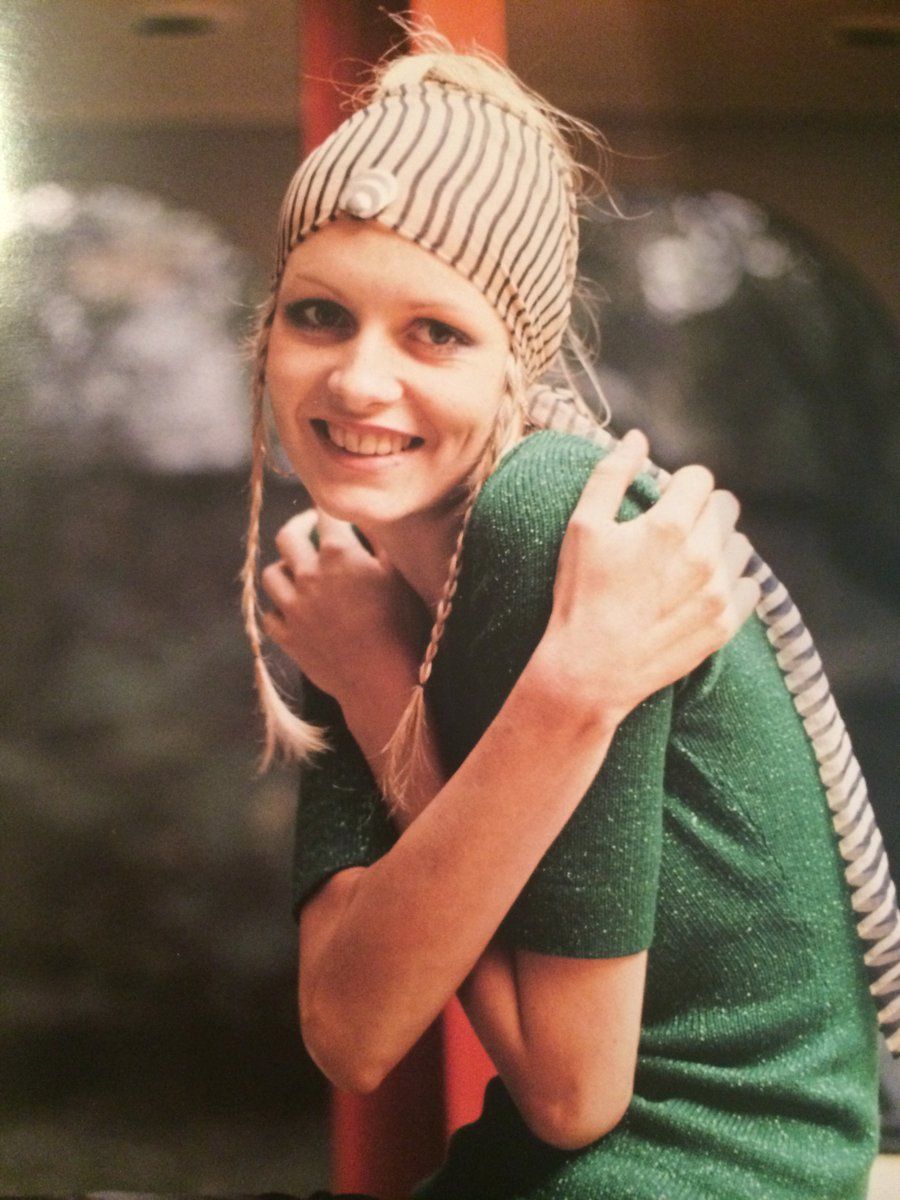
‘Twiggy’ – Linda McCartney, 1969
The Beatles
When I came to England, I wanted to photograph the Beatles, and Stevie Winwood, who had since left The Spencer Davis Group and started a group called Traffic. So that was great.
And then The Beatles I wanted to photograph as well. So I took my portfolio over to Hilly House, their office, and Brian Epstein’s assistant said “Fine, you can leave your portfolio and we’ll get back to you.” So after about two or three days he got back to me saying “Oh yes, Brian loved your photographs, and yes you may photograph The Beatles. They’re releasing an album called Sergeant Pepper, and they are doing a press thing at Brian’s house and you can be one of the photographers. And, by the way, Brian loved your photo of Brian Jones and one of the ones of Keith Moon.” I said, he can have them! So that’s how that happened, too, I got to photograph The Beatles, so my dreams came true.
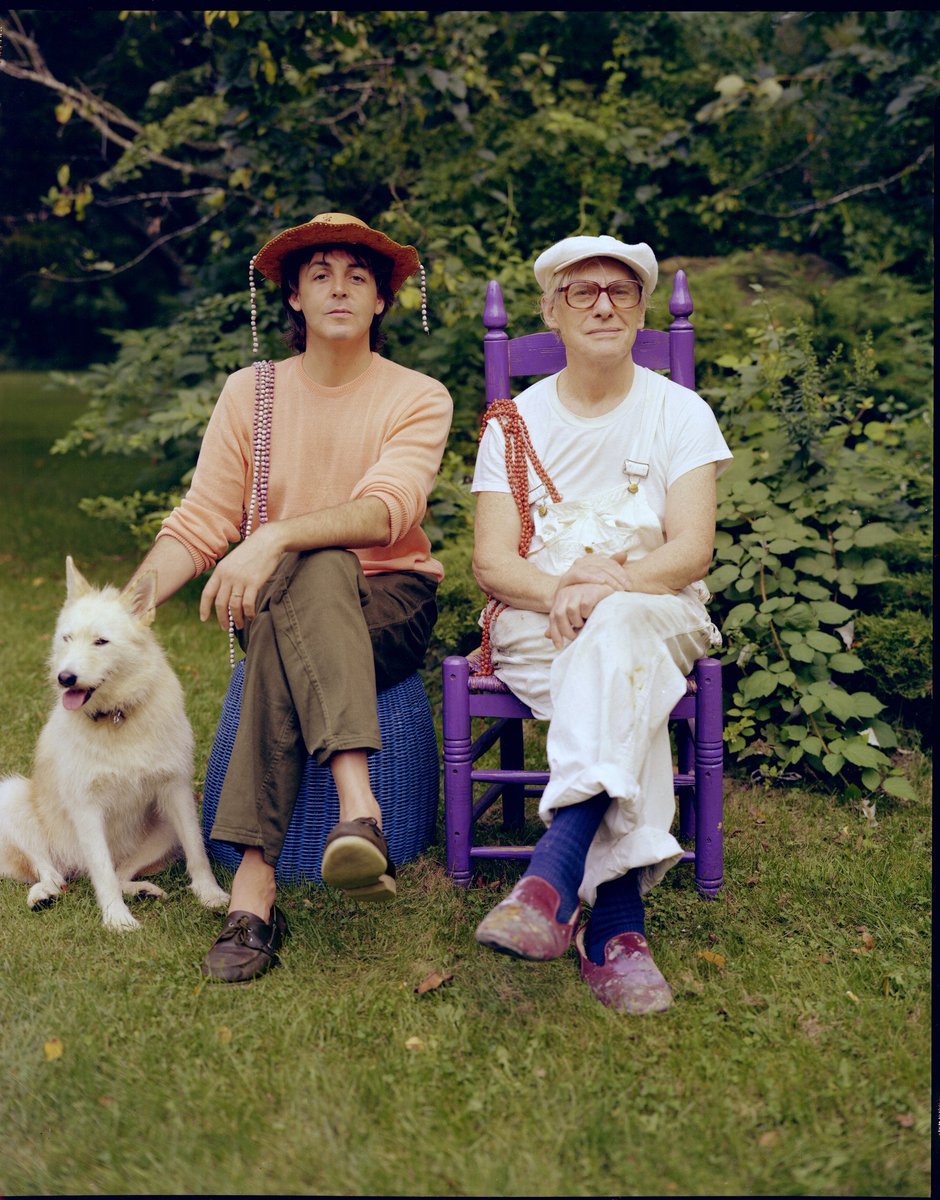
Paul with Willem De Kooning in East Hampton, 1983. Photo by Linda McCartney
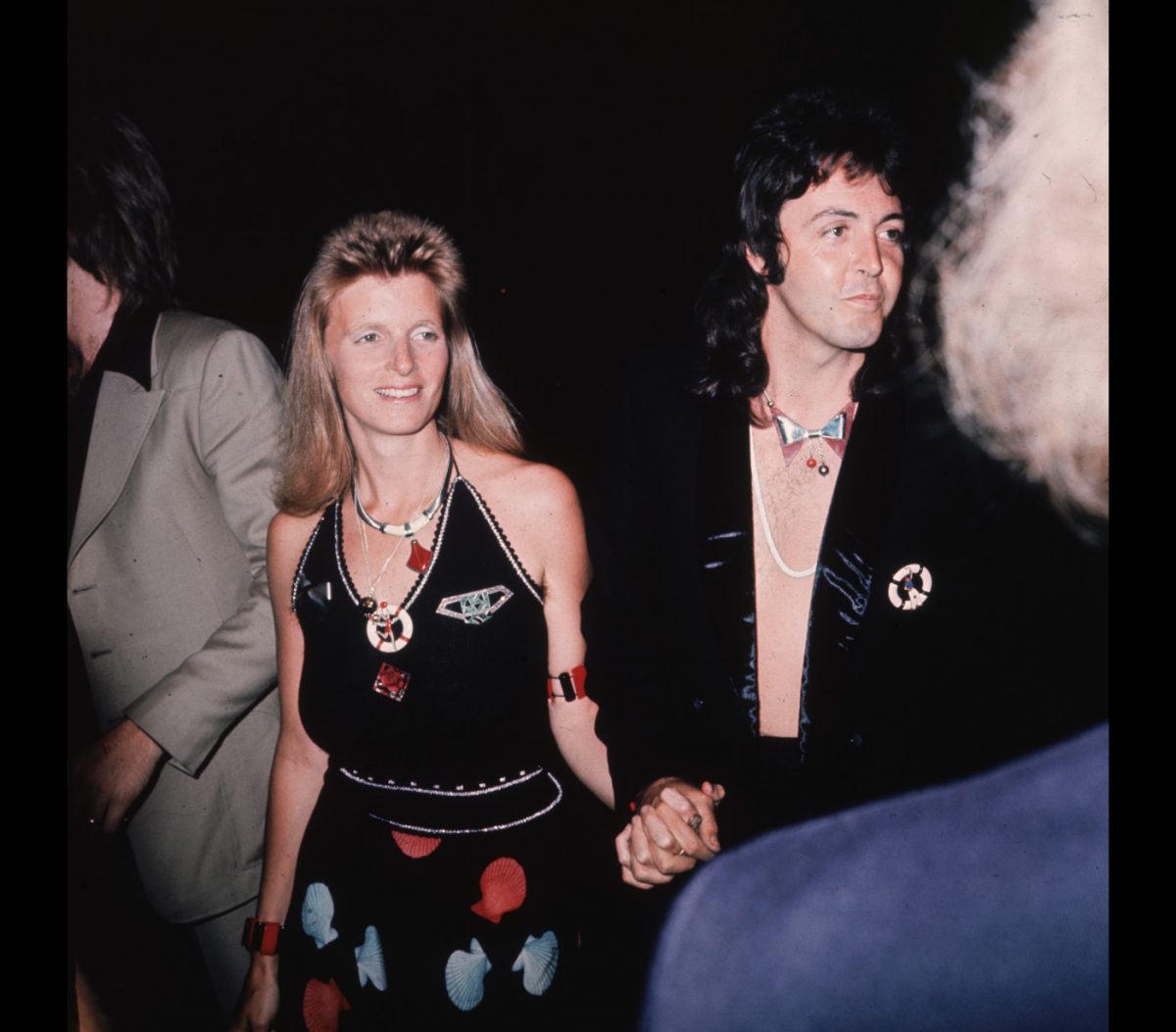
Paul and Linda attend the premiere of ‘Live and Let Die’.
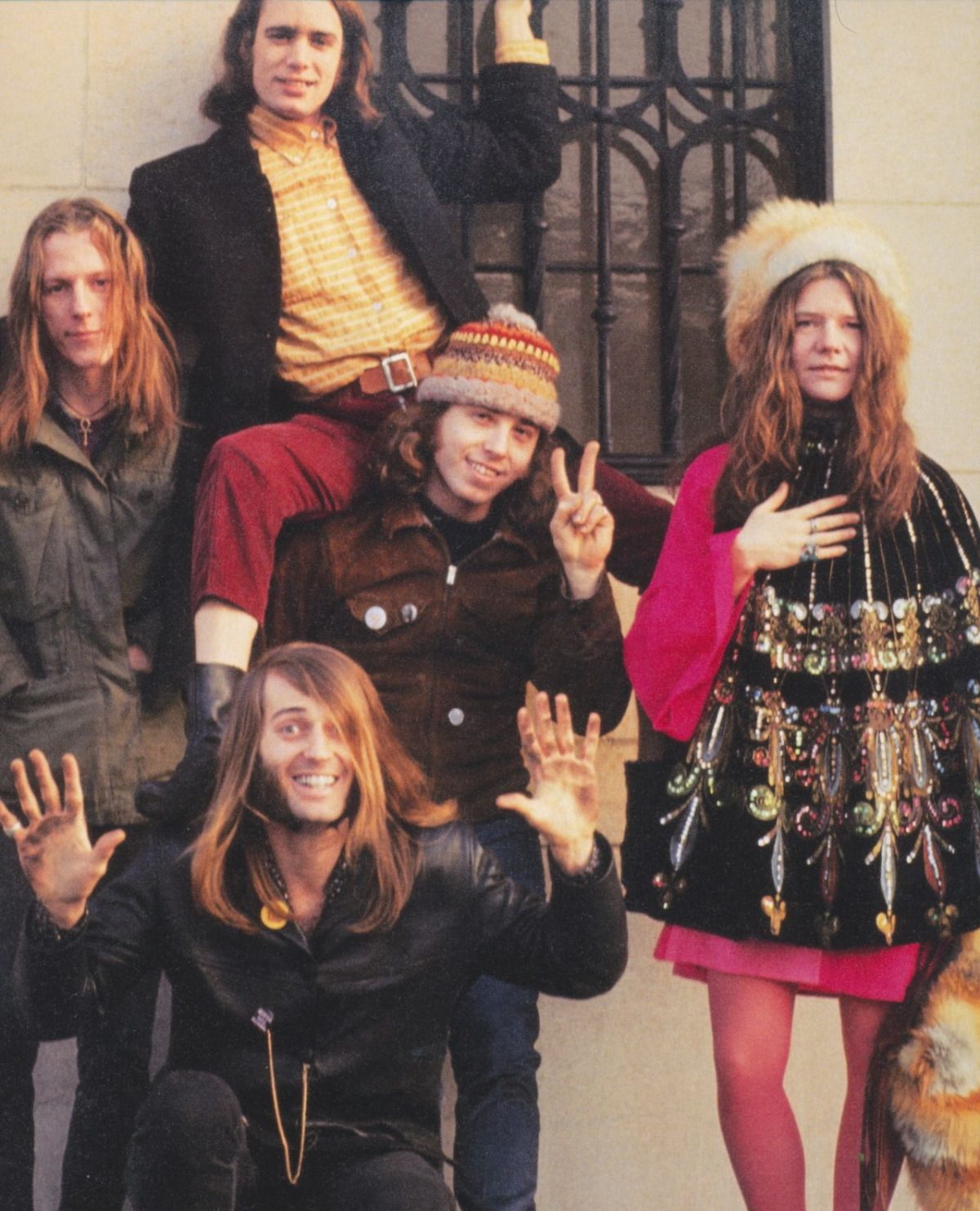
Janis Joplin with Big Brother and Holding Company 1967
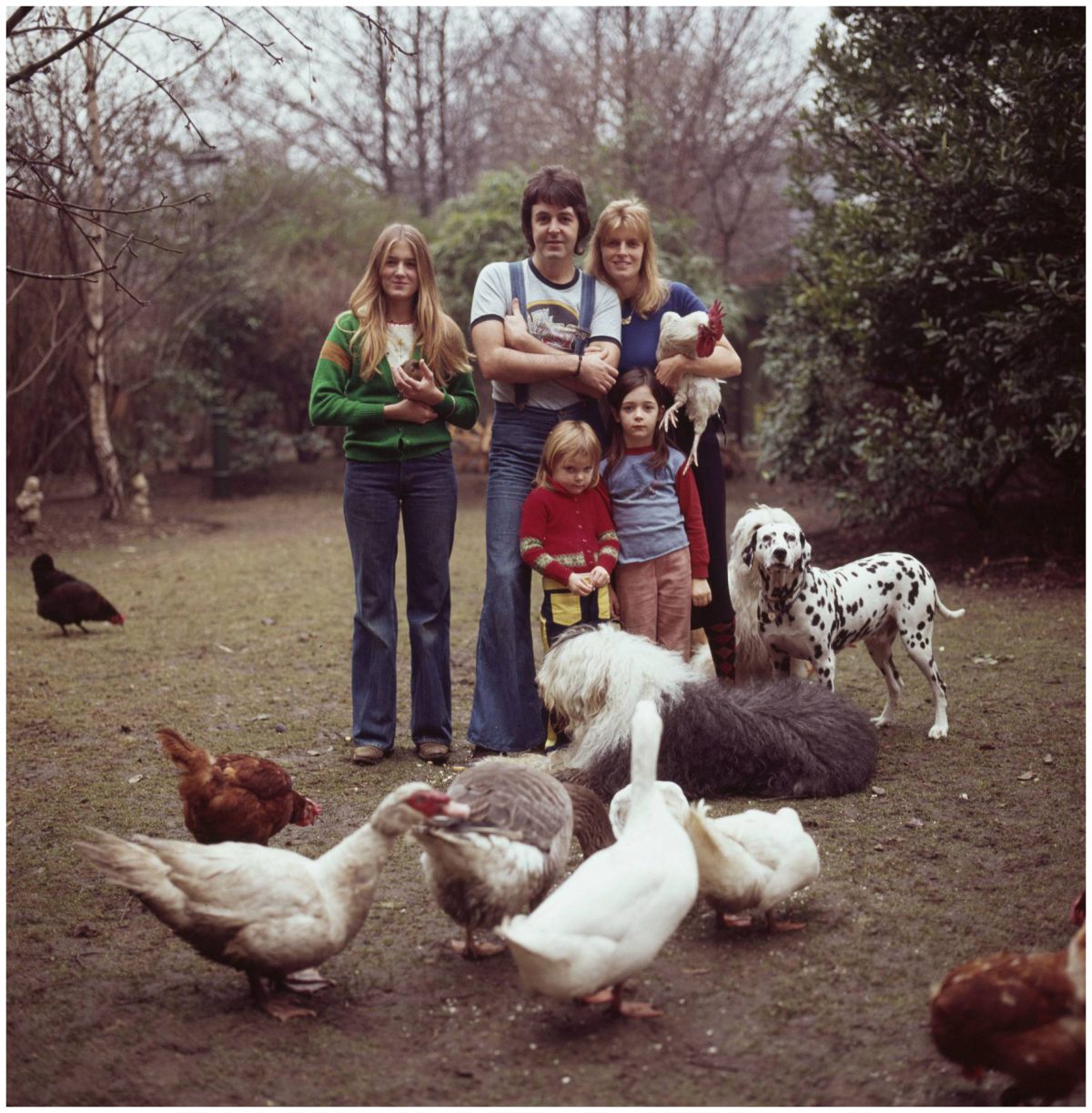
Paul McCartney and his wife Linda (1941 – 1998) with their daughters Heather, Stella and Mary in Rye, East Sussex, 4th April 1976. (Photo by David Montgomery/Getty Images)
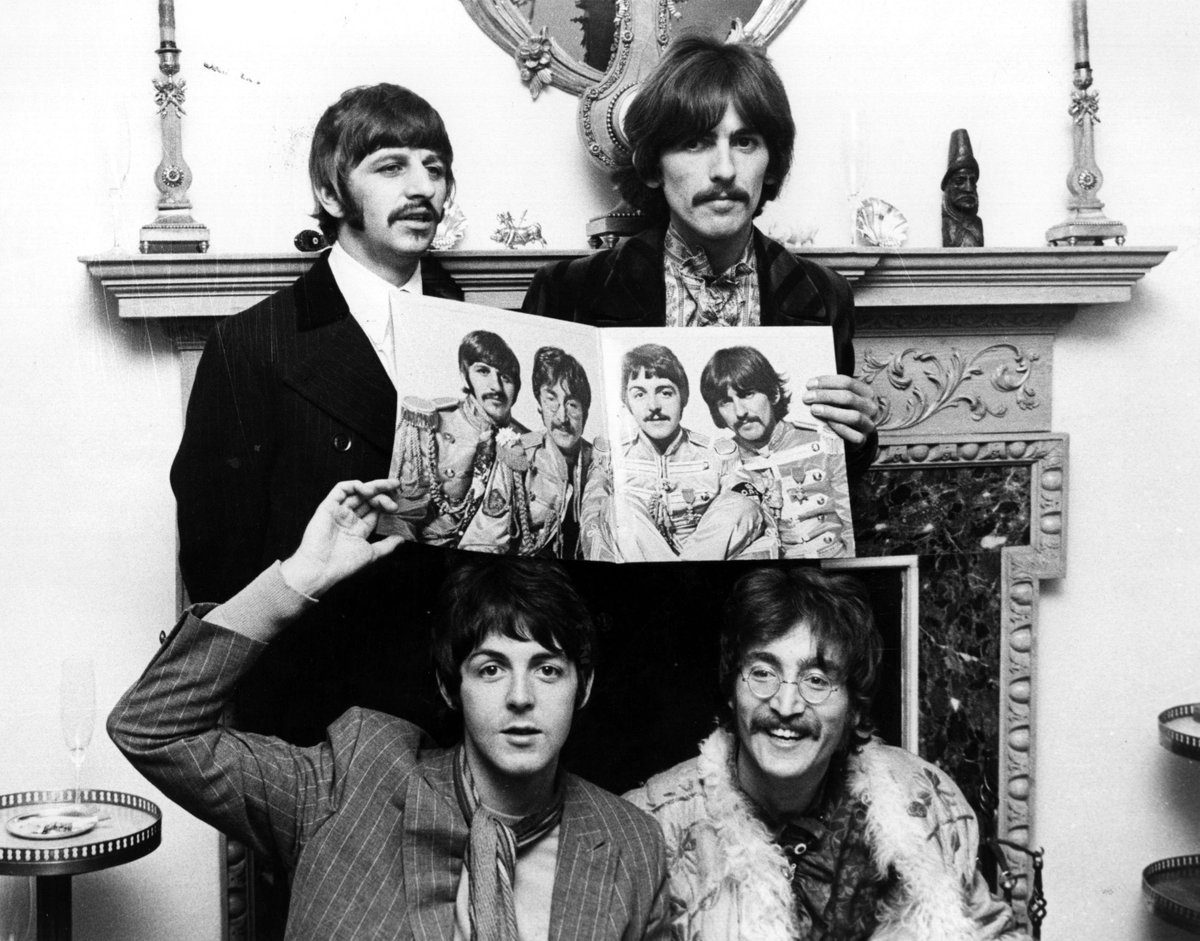
The Beatles at Brian Epstein’s house in Belgravia 1967
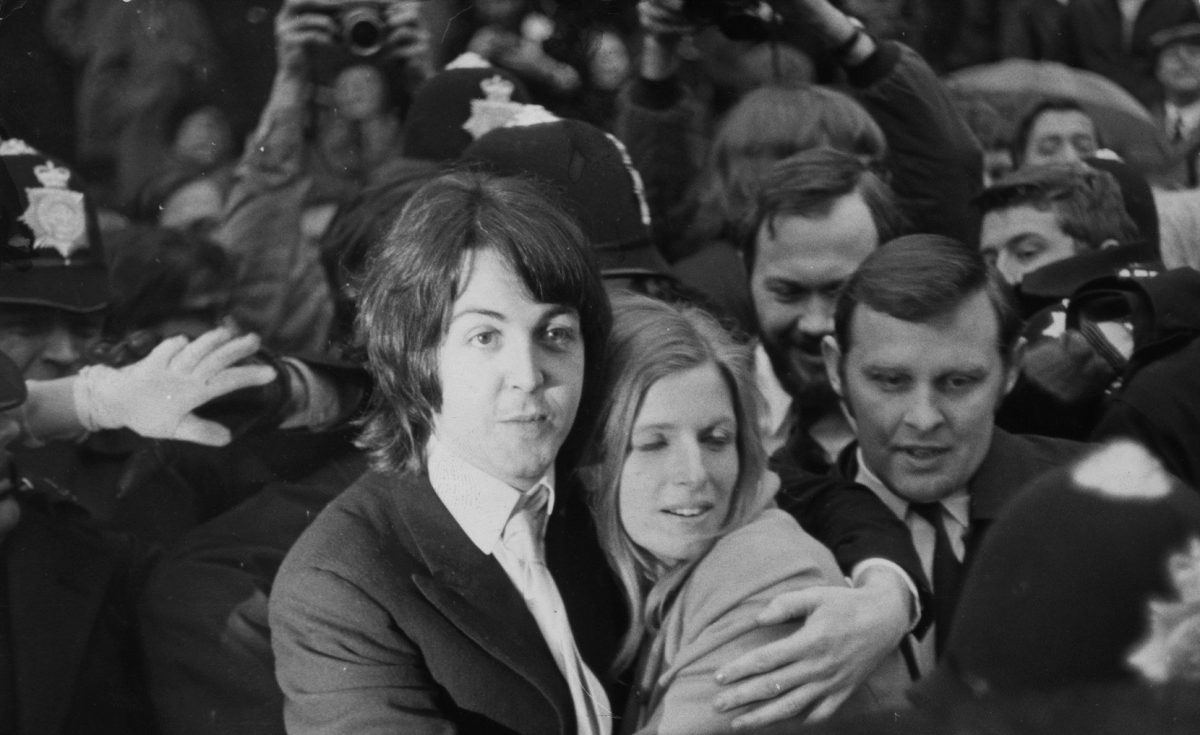
Linda and Paul get married at Marylebone Register Office, March 1969
Pictures: Bonni Benrubi Gallery, Linda McCartney: Life in Photographs
Would you like to support Flashbak?
Please consider making a donation to our site. We don't want to rely on ads to bring you the best of visual culture. You can also support us by signing up to our Mailing List. And you can also follow us on Facebook, Instagram and Twitter. For great art and culture delivered to your door, visit our shop.
